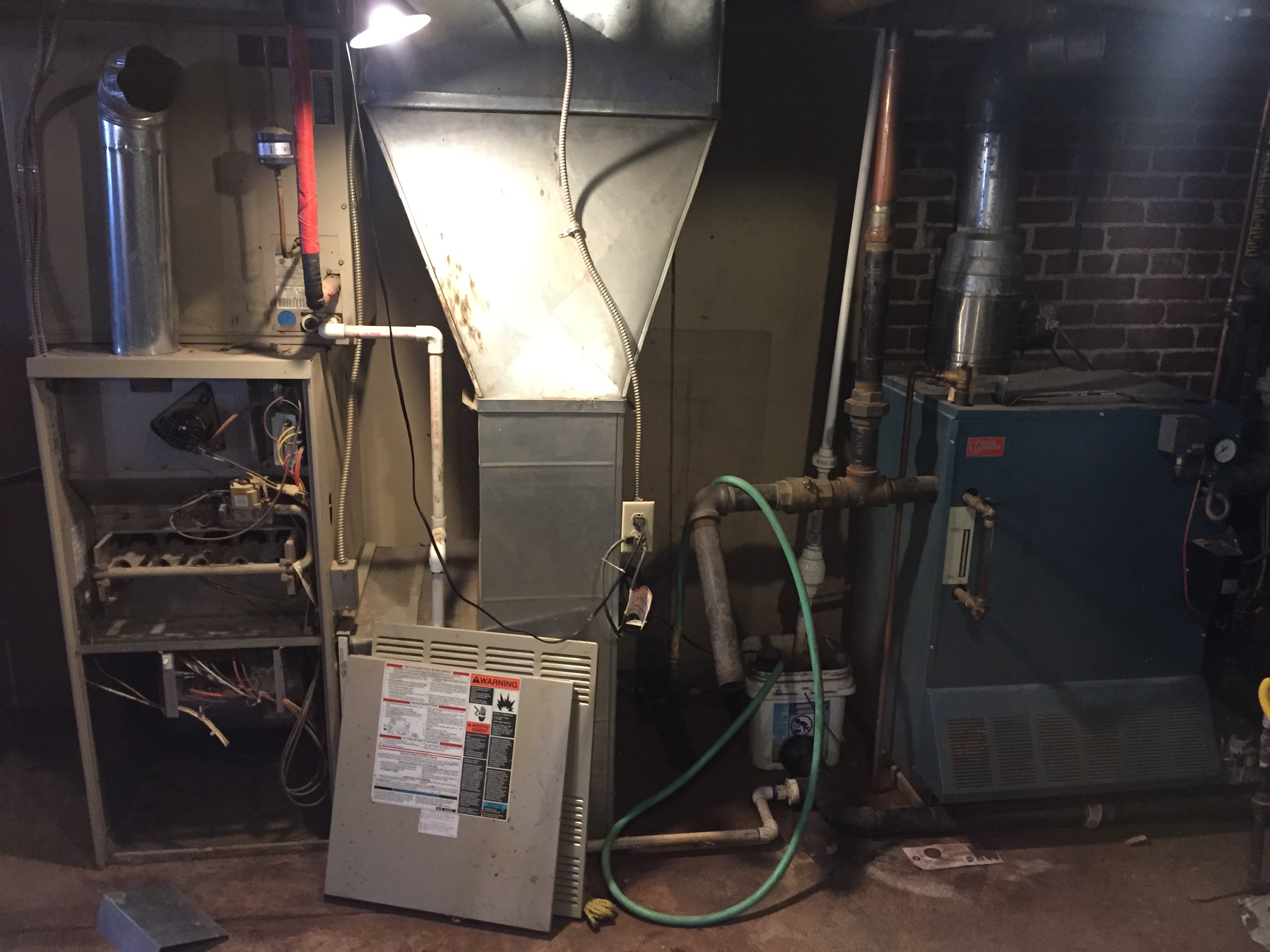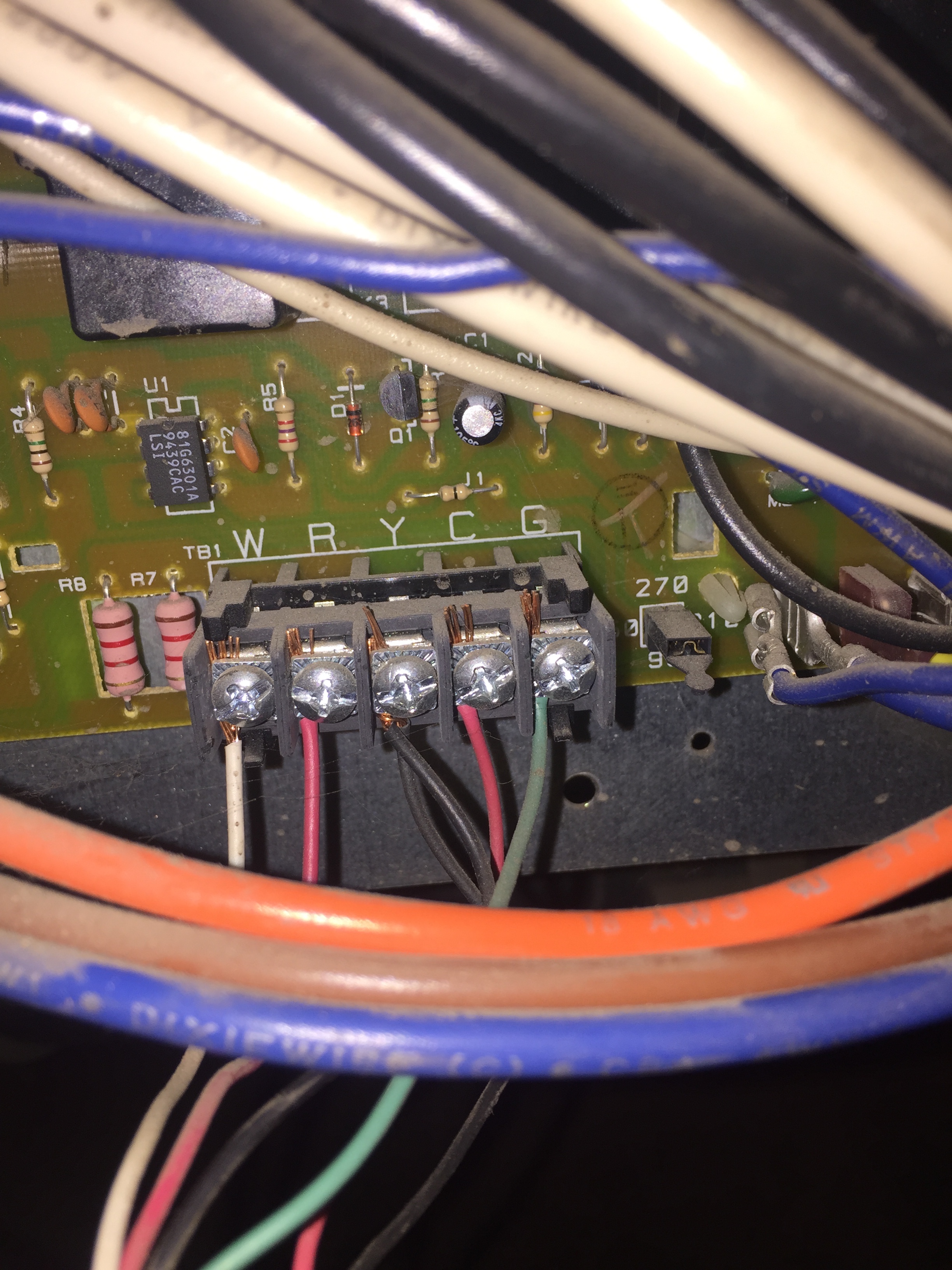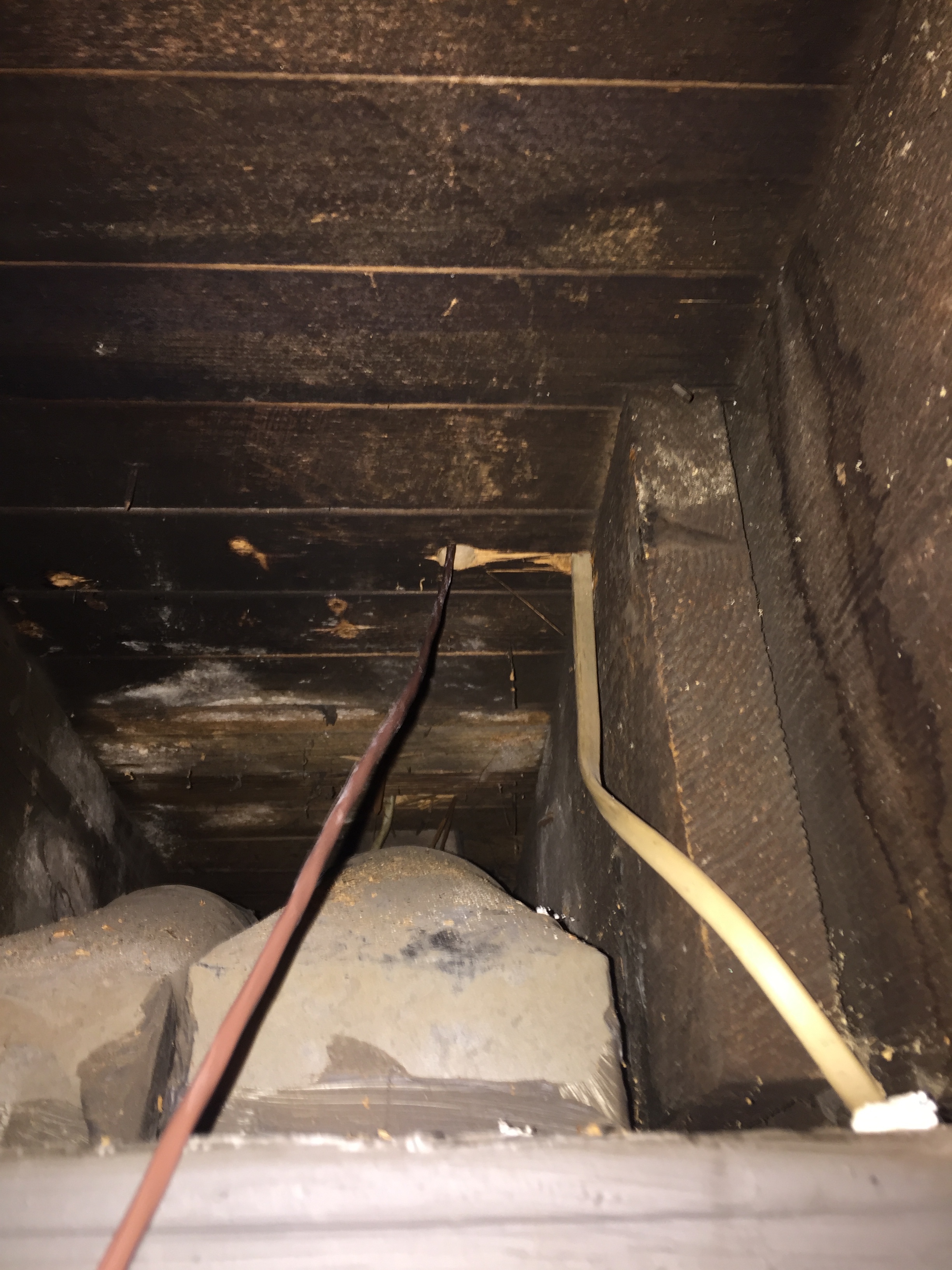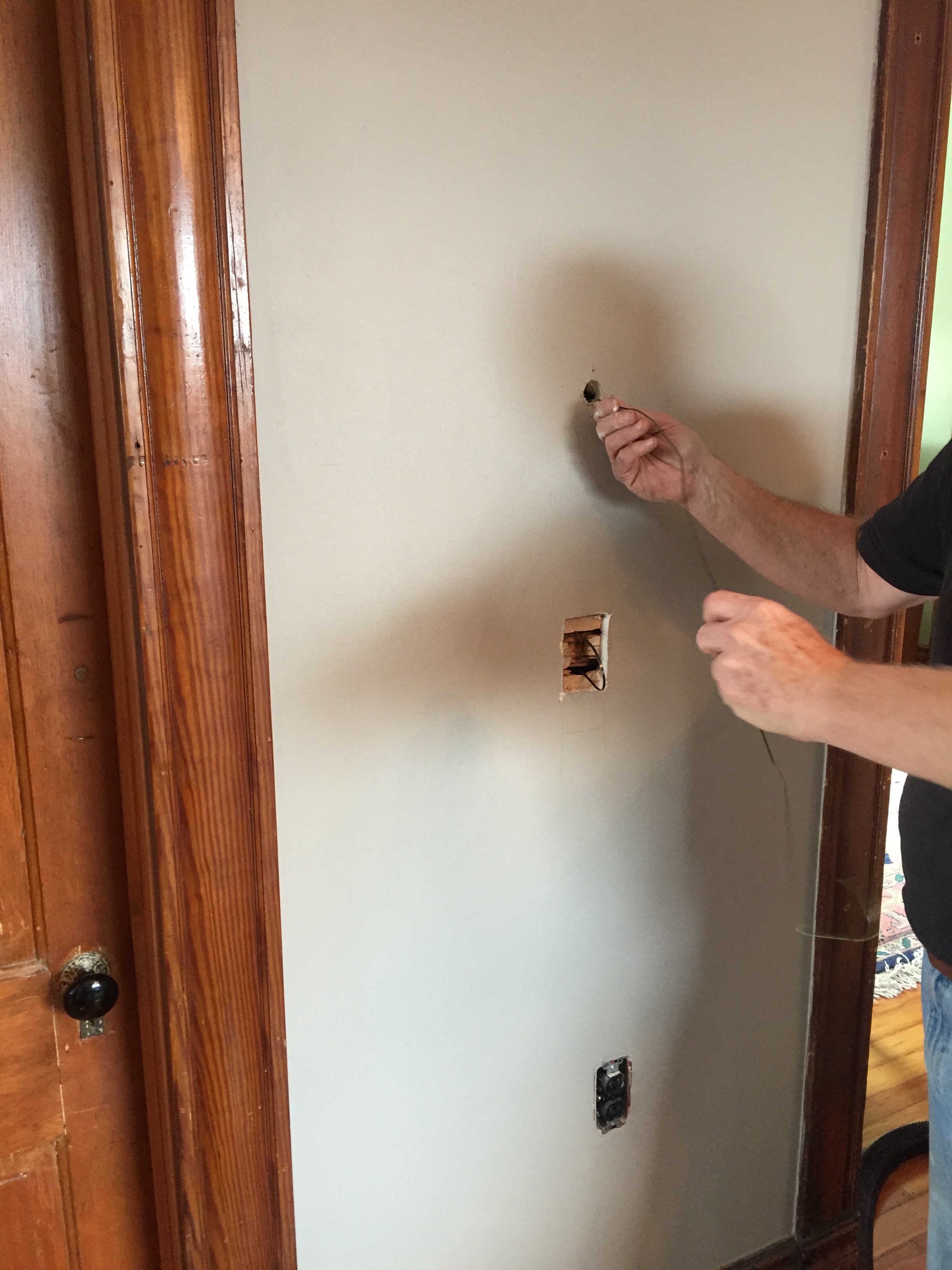Smart Thermostats
What do you do in an old house, the day after Christmas? We tackle some DIY project that's over our head…this year that being the installation a smart thermostat.
This house technically has 4 distinct HVAC systems, although for the purpose of this post, I'll focus on the first two.
- Gas-fired boiler powering steam heat for the main house
- Forced-air AC for the main house
- Radiant floor heating in the 2nd floor bathroom - powered by hot water and a Taco water pump
- Forced-air heating & cooling for the kitchen
What made this project such an endeavor, was the fact that the two main systems were controlled by different thermostats, and those t-stats were in different rooms. Rather than install two smart thermostats, we wanted to consolodate down to a single ecobee 3.
Neither previous thermostat location was ideal - one being in the drafty entryway, and the other akwardly affixed to some of the original molding. We decided that the best place to make use of the occupancy sensor w/ the ecobee, while still avoiding drafts that weren't indicative of the actual temperature, was in the dining room. Unfortunately, the precariously perched tstat nearby wasn't routed through the wall (was just routed through a hole in the floor inside of the pocket doors), and didn't have enough wires to support a c-wire (needed for the ecobee), run a AC and the boiler. So we set off to run a new wire.
To run a new wire, we measured & re-measured, so that we could drill a hole in the floor that would come up inside of the wall. (It'd really ruin the day if we ruined the newly finished hardwood floors.) We also picked up some 7-wire thermostat cable, giving us everything we needed now, plus some room to grow on. So far so good.
Unfortunately, and unbenounced to us, there was a horizontal stud (or brace) midway up the wall, which preventing the snake from getting from the hole in the wall, through the floor (inside of the wall) and into the basement. The solution: a second hole in the wall. Once that was done, the job started moving along.
Next up - the wiring. We're trying to take one thermostat, and connect into two distinct systems. We decided to get power (the c wire) from the AC (because the boiler didn't have one easily accessible). We ended up using some of the additional wiring - splicing into it in an electrical junction box.
The result - both systems work, and the family who was in town for the holidays didn't freeze to death when we couldn't get the system working again.







